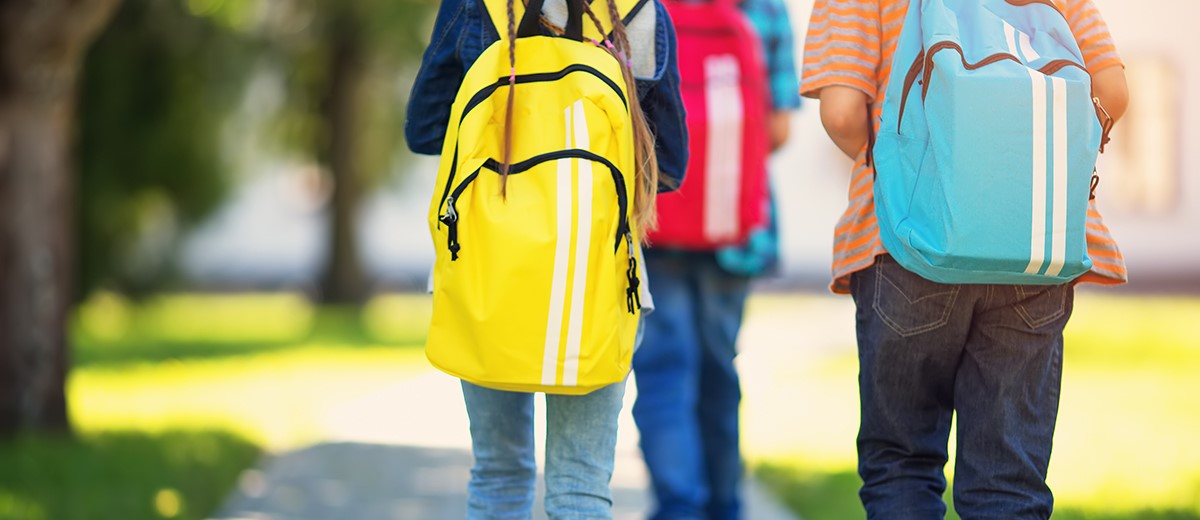Before backpacks, there was the book strap, a leather belt contraption wrapped around books to allow for easier carrying. When that went out of style, books were simply toted around in arms, carried by hand from class to class and place to place. It was in 1938 that an outdoors company innovated the rucksack, typically used for hiking, rock climbing, and day trips, by adding zippers and later, in 1967, using nylon, to create what we now call the modern-day backpack. Throughout the late 1970s and early 1980s, the use of backpacks spread across college campuses, and by the late 1980s, backpacks became a necessity for kids of all ages going to school. When used correctly, backpacks are incredibly practical but when overloaded or worn improperly, they can cause severe pain and discomfort as well as muscle strain, poor posture, and even numbness and tingling, while also increasing the risk for potential falls and injury. What can school nurses do to lighten students’ loads and help solve some of the most common backpack burdens?
Provide Education to Parents and Guardians
Whether it’s on the school website or through direct communication concerning health and safety, ensure backpack safety tips are available and that families understand the importance of a properly fitted and appropriately weighted backpack. According to the American Academy of Pediatrics, safe backpacks should never be longer than a child’s torso, should have two wide, padded shoulder straps, and weigh less than 10-20% of a student’s body weight. Ideally, the backpack itself should be lightweight, and additional features like a waist strap and padded back can increase comfort and reduce the risk of injury.
Provide Education to Students
Instruct kids to always use both shoulder straps and to tighten the straps until the backpack is sitting close to the body (it should sit two inches above the waist). Encourage reducing the weight carried by unpacking anything unnecessary and advising frequent trips to lockers, if feasible, to avoid an excessive load. Placing heavier objects in the center of the backpack, and distributing things throughout the various compartments can help distribute the weight more evenly and alleviate strain. Lastly, as with any heavier object, kids should be taught to bend at the knees and not the waist when wearing or lifting their backpacks.
Collaborate with School Faculty and Administration
Advocate for more time between classes to allow for students to use their lockers and speak to teachers about working with kids on appropriate homework planning on discerning what books and supplies need to be packed home. Develop protocols for accommodations, when needed, including elevator usage and backpacks on wheels. If wheeled backpacks are allowed, consider hallway congestion, the potential for tripping hazards, and the challenges associated with navigating stairs. Finally, work with your local school district or administration to secure free backpacks for students in need. Many local organizations run free backpack drives over the summer and will often include other necessary school supplies.
As the contents of backpacks continue to evolve and items like tablets and laptops displace textbooks, the future of the backpack is uncertain, but for the time being, while the majority of school children still carry a backpack every day, let’s do everything we can to make sure they (and you!) carry them safely.





